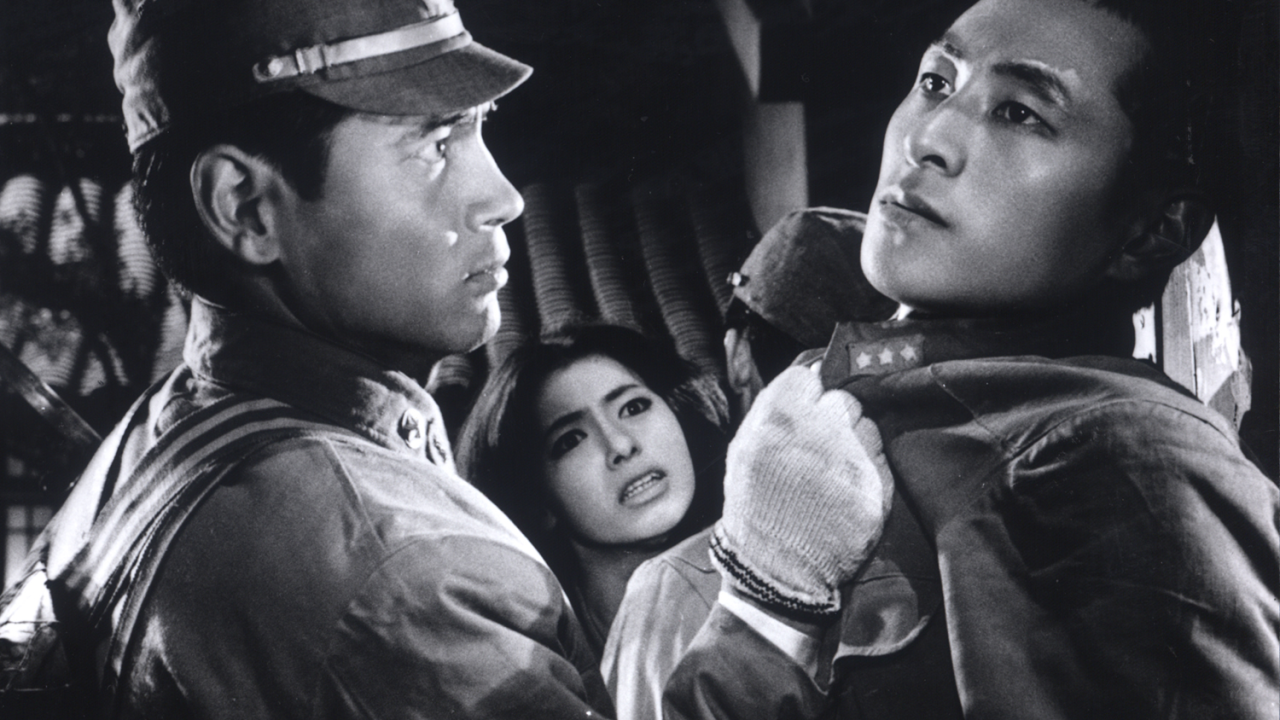Story of a Prostitute

Volunteering as a "comfort woman" on the Manchurian front, where she is expected to service hundreds of soldiers, Harumi is commandeered by the brutal Lieutenant Narita but falls for the sensitive Mikami, Narita's direct subordinate. Seijun Suzuki's Story of a Prostitute is a tragic love story as well as a rule-bending take on a popular Taijiro Tamura novel, challenging military and fraternal codes of honor, as seen through Harumi's eyes.
SPECIAL EDITION FEATURES
- Restored high-definition digital transfer
- Interviews with director Seijun Suzuki, production designer Takeo Kimura, and film critic Tadao Sato
- Original theatrical trailer
- PLUS: An essay by film critic David Chute
Cover by Neil Kellerhouse
SPECIAL EDITION FEATURES
- Restored high-definition digital transfer
- Interviews with director Seijun Suzuki, production designer Takeo Kimura, and film critic Tadao Sato
- Original theatrical trailer
- PLUS: An essay by film critic David Chute
Cover by Neil Kellerhouse

Cast
- Tamio Kawachi
- Private Mikami
- Yumiko Nogawa
- Harumi
- Isao Tamagawa
- Lieutenant Narita
- Shoichi Ozawa
- Sergeant Akiyama
- Tomiko Ishikawa
- Yuriko
- Kazuko Imai
- Sachiko
- Megumi Wakaba
- Sakae
- Kayo Matsuo
- Midori
- Kentaro Kaji
- Uno
Credits
- Director
- Seijun Suzuki
- Screenplay
- Hajime Takaiwa
- Based on a story by
- Taijiro Tamura
- Producer
- Kaneo Iwai
- Cinematography
- Kazue Nagatsuka
- Production design
- Takeo Kimura
- Lighting
- Masahiro Takamatsu
- Editing
- Akira Suzuki
- Music
- Naozumi Yamamoto
- Assistant director
- Masami Kuzuu











